The Post-Pandemic Future for High Street Retail Property
Since October 2008, in what the City called “The Lehman Quarter”, but I prefer the more relevant term for us of “The Woolworth Quarter”, High Street retail property has seen falling rents and values.
The Great Stumble by the financial services sector in quarter four of 2008; the increased Business Rates imposed in April 2010, based on the peak rental values pertaining in April 2008; the on-line sales penetration increasing to 20% of retail spend; and the impact of the increased minimum wage, were the four factors that created the perfect storm the retailers and the landlords had to weather, between 2008 and 2012. Since 2010, successive governments have cocked a deaf ear to the desperate pleas of occupiers and owners for the realignment Business Rates with rental values that have often halved since 2008.
Why? Because Business Rates yield some £30 billion per annum, in a tax that is 98% effective, and is collected for the government by the Local Authorities. The retail sector comprises 5% of the UK economy, but pays 25% of the Business Rates bill. How unfair is that? Nevertheless, despite these burdens on the sector, by 2012 rents had stabilised and demand was returning in most of our stronger High Streets. In 2015 the Conservatives were re-elected with a clear majority and by 2016, the UK’s economy was the fastest growing of all the G7 countries.
With a centre-right government able to ease the austerity measures, as the public finances had been rebuilt, the future looked bright for UK plc over the next five years. The only fly in the ointment was the Conservative Manifesto commitment to hold a referendum on EU membership, conceded to shoot UKIP’s fox and quieten the Tory Eurosceptics. The Cameron/Osborne faction saw no likelihood that the country would vote Leave in the June 2016 Referendum.
The subsequent political turmoil, which has seen three Prime Ministers in four years, and the economic damage, estimated to have cost the UK economy £100 billion, just as a consequence of the decision to leave, has now been totally eclipsed by the coronavirus pandemic, which has shattered our economy in 2020. It will probably take a decade for the UK to recover from the double whammy of Brexit and Covid. What is remarkable is the resilience the commercial property sector has shown despite the havoc. In the 50 plus years I have been active in commercial property investment, norm yields have been 5% for shops, 7% for offices and 10% for industrials.
One fundamental reason for retail commanding a keener yield is because its obsolescence factor is minimal. Offices need an expensive refit after 10 or 15 years, and industrials need a rebuild after 20 years, but shops just need a refreshing shop fit every few years, and the Tenant usually pays for that. Today we see shop yields around 8%, offices still around 7%, and industrials at an unprecedented 4%, as these buildings are repurposed for on-line sales direct to the public, thereby eating more of the High Street’s lunch.
The American politician, Donald Rumsfeld, said there are known unknowns, but there are also unknown unknowns. Rental values post-pandemic are unknowns and, as a consequence, so are the capital values. The Private Investor is presently seeing investment opportunities to buy at auction in the High Street Retail sector, at prices 40% or so, below traditional pricing norms.
So, if a good High Street shop investment can be bought today to show say 9%, with four years left on the Lease to a reliable covenant, will the Lease renewal at the then prevailing rental value four years hence, giving a yield reduced to say 4% or 5% be regarded as a good return, benchmarked against other asset classes or other property sectors? We do not know – it is an unknown unknown, but the Private Investors, currently so active in the Auctions, seem to think that is a fair bet – and so do I.
Anthony H Ratcliffe Ratcliffes Chartered Surveyors

Specialists in the creation, management and value enhancement of prime commercial property investments.
Regulated by RICS
Partners
Anthony H Ratcliffe FRICS FRSA ahr@ratcliffes.com
Rupert W K Ratcliffe MA MSc MRICS rwkr@ratcliffes.com
Pages
Important Notice: The value of these investments can fall as well as rise and some or all of an investor’s money may be lost. Potential Investors should consult with their own independent financial advisor to assess whether this type of investment is suitable for them and must be aware that they may have no right to seek compensation from the Financial Services Compensation Scheme.
All Rights Reserved | Ratcliffes